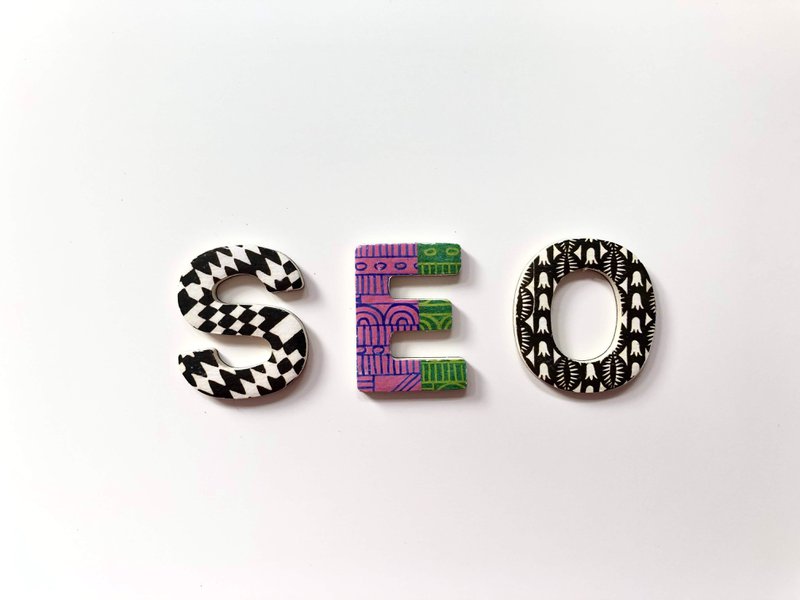

Branding is one of the most powerful practices for a business. If done right, people pay more, buy more, make faster purchasing decisions, and stick with the same company until they become brand advocates.
Branding is also an undervalued SEO tactic. Your customers, all of your stakeholders, and your investors have a perception of your company through your brand and your brand voice.
People's feelings about your company in the marketplace are impacted because of your brand as it's a combination of promise and personality.
SEO is more important than ever before due to the competitive online environment for brands. Branding and SEO shouldn’t be considered mutually exclusive things. They work best when kept on the same page.
Around 50% Millenials find and buy from a new brand by just searching them on their mobile devices in spite of knowing very little about them. You have to see the real value in an SEO branding strategy for people to make your brand their favorite one.
In this article, we’ll guide you through the process of creating a brand voice for an effective SEO branding strategy that can help you increase branded traffic to your website in the long term.
Branding is the marketing practice of creating a symbol, name, or sign that differentiates a product from others. Some examples of branding techniques include the use of taglines, mascots, jingles, or logos.
Brand voice refers to the personality, emotion, and way you talk to your customers infused into your brand’s style of communication.
One of the main reasons branding being relevant is that people often tend to make purchase decisions with their heart, not their head.
They buy from brands they can really connect with, that fit in their lifestyle, and fit their personality. So, it’s really important that when they come across your website or follow you on social media that they get a sense of your brand’s personality.
Language and brand voice are a huge part of how you demonstrate that kind of personality.
Another reason branding and brand voice being considered so important to boost your SEO can be summed up by the phrase, “Don’t tell me you're funny, make me laugh”.
In an increasingly digital-focused world, most people’s first experience of your brand is online and it’s often through your marketing copies. They’re going to read your website, your blog, your social media posts, and so it’s your content that's got to show those characteristics that we are “funny”.
The final reason why we think branding and brand voice is so important because it’s not optional.
There’s a lot of things in marketing like podcasting, social media, paid advertising - things you could choose to do or not do, or engage with to a greater or lesser degree.
But when it comes to a brand voice, you have no choice - you NEED to have one.

Brand voice and SEO are considered two sides of the same coin. Here, SEO does the first part of the work. It gets people to your content in the first place.
Once that’s done, SEO hands over the baton to brand voice and to other areas of content. This is to make sure when people actually get to your content, they actually read it, engage with it, connect with it, and respond.
So, in essence, brand voice is one of the things that makes sure that your SEO efforts actually pay off and convert people.
Developing your own brand voice might not be as easy as you think it might be. The main goal of your brand voice is to be able to reflect who you are as a business and also to ensure potential customers can engage with it on the right level.
The first thing you got to do is really getting to know your customers.
Research what they want and how they want it to be presented to them. Consider the following parameters and demographics: gender, financial situation, age, lifestyle, and profession.
You can also carry out a competitor analysis for companies in similar industries to see how the brand voice works for them. After you properly understand who your target demographic is, you can tailor your brand voice according to their preferences.
If your content is aimed at an older demographic, it's better to keep your content tone a bit formal. Whereas when you are targeting a younger group of people, you might use a friendly style of writing with a few emojis thrown here and there.
Your brand promise is not something you say to your customers, it's the basis of how your organization promises to relate to those to come across it. That's the reason why a brand promise is said to be the essence of that brand.
It's really hard to develop a successful brand voice without a strong brand promise. Here are some examples of brand promises from huge organizations if you have not developed your brand promise yet:
A vital part of your content vision is your brand promise. Once you have your own brand promise, this can be an integral part to develop your brand voice.
While developing your brand voice, you can look up the ones created by your competitors, or the brands with the same target audience.
Research, read, learn from the content developed by other major brands and tweak it according to your customer base. Below are some of the organizations with solid brand voices to learn from:
Document the entire process of developing your brand voice is a good practice. You can compile and publish this to internal stakeholders including your marketing and sales team.
While creating brand voice guidelines and/or best practices in your company style guide, make sure you set appropriate benchmarks. This helps marketers working in or with your organization understand how and when to incorporate the brand voice in marketing communications.
Consistency is a key factor when it comes to brand voice implementation. All of these above-mentioned activities won’t be enough if you don't ensure consistency in your efforts.
You have to always reiterate your brand voice to your company’s employees and stand by it. This is crucial during the initial phase of implementing the brand voice, which helps you to make it a part of your company culture.

The 5Ds include actionable tactics to help you to find, develop, and improve your brand voice. This includes defining your “why”, differentiating from the competition, developing brand personality, and
“People don't buy what you do, they buy why you do it. What you do simply proves what you believe”. -Simon Sinek, Start With Why.
People don't care about your what, they care about your “why”. There are millions of people doing the same thing that you are doing. But why does it matter to you is what's compelling as to why they might choose you over someone else.
So, ask yourself these questions to get you in the right mindset when you are developing your why.
These are questions to give you a gut check on why are you doing what you are doing, what is your brand and why does it matter. Below are a few examples of some companies that have done this right.
“When you write like everyone else, you are saying, “Our products are like everyone else’s”.
Would you go to a dinner party and repeat what the person the right of you is saying all night long? Would that be interesting to anybody? Why are so many businesses saying the same things at the biggest party on the planet- the marketplace?”- Jason Fried.
Differentiating your brand voice really goes a long way in terms of the marketplace. Let’s go to another gut check. These are questions you can as yourself to separate your brand from other competitive ones:
“It is an insight into human nature that is key to the communicator’s skill. Whereas the writer is concerned with what he puts into his writings, the communicator is concerned with what the reader gets out of it. He, therefore, becomes a student of how people read or listen”. - William Bernbach

You can be an amazing writer but if you don't know how people communicate and who you're communicating to, your words really aren't going to be very effective. So it's all about studying how people read, how they listen, how they communicate effectively.
A brand personality makes your brand more relatable to your target audience. It embodies a set of emotional traits and behaviors, which remain consistent over time.
Having a relevant brand personality can help you build strong relationships with your audience.
Developing a brand personality boils down to one broad question - How do want your audience to perceive you?
This can be further broken down into:
Do you want to come off as reliable? Do you want to be considered sophisticated or carefree? How much humor do you want to incorporate in your content?
Crafting a brand personality is easier when you’ve clearly understood what your target audience is looking for.
When you think about your brand, what are the words that come to you, and what defines your company best?
You have to know what your brand is bringing to the table and exhibit it to the customers visually and through your words. Warby Parker and MailChimp nailed this part of developing their brand voice.
Branding and SEO aren’t mutually exclusive. Having a robust branding strategy and the right brand voice can boost the effectiveness of your SEO efforts.
Understanding the importance of developing a brand voice, and making efforts to create one is the first step to a successful branding strategy. You need to make sure that your SEO strategy is on par with your branding efforts. To do so you need the right tools at your disposal, including an all-important backlink monitoring solution like BacklinkSEO.
BacklinkSEO helps you automate your backlink outreach and monitor your backlink profile so that you can gain quality backlinks and grow your traffic consistently.
Why wait any longer? Create a free account on BacklinkSEO today and keep tabs on your backlink profile in real-time!